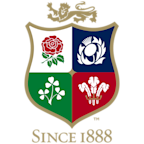The Lions began their Touring tradition way back in 1888 when captain Robert Seddon led a party of 22 for a Tour of Australia and New Zealand that was almost 250 days long.
Touring tradition begins in 19th century
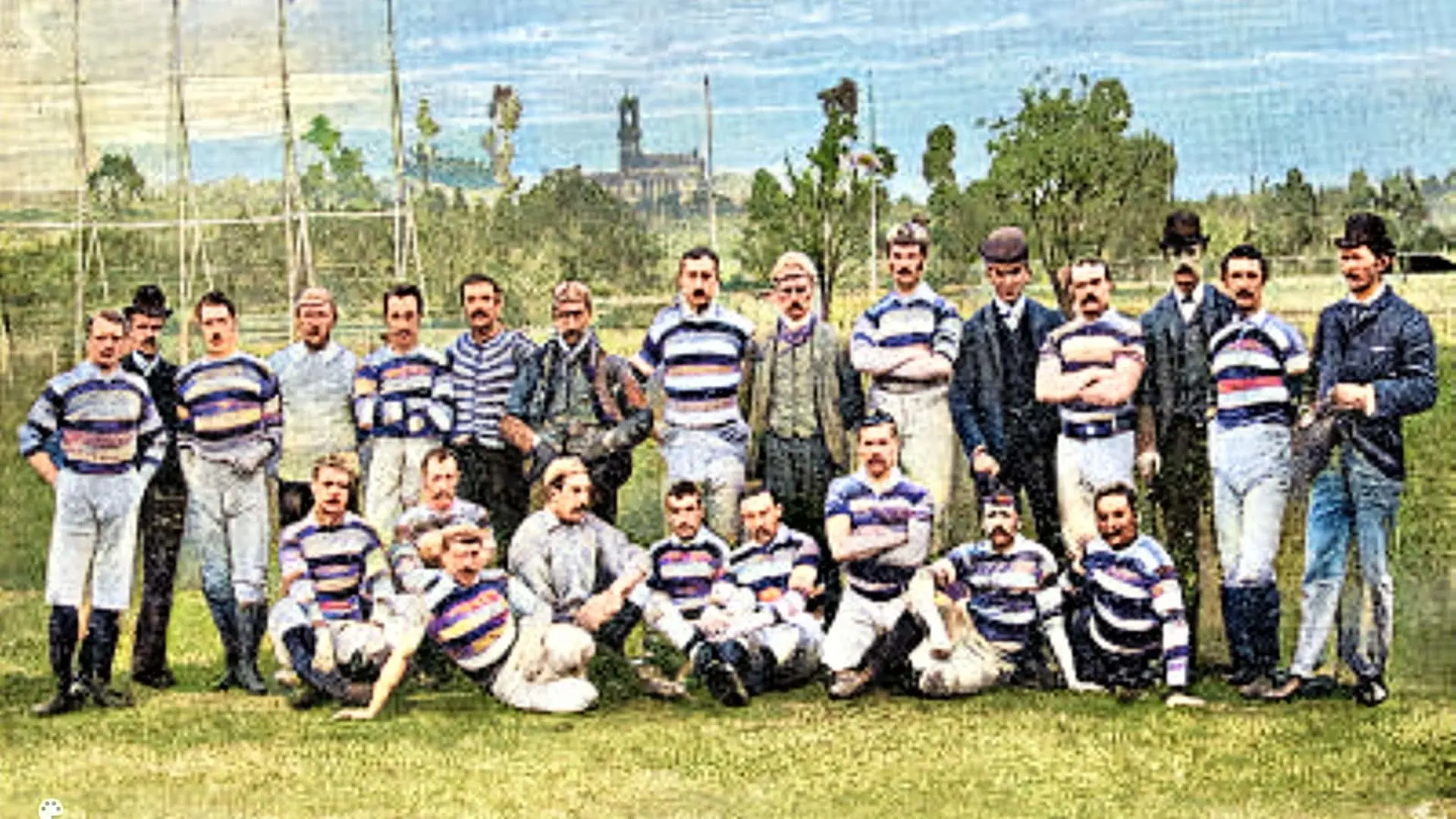
The Touring tradition begins
Good things come to those who wait
After a 46-day voyage – a travelling party of 22, skippered by Robert Seddon, arrived in Port Chalmers for a 249-day tour of New Zealand and Australia all the way back in 1888.
The first British & Irish Lions Tour was the brainchild of former England cricketers Alfred Shaw – who famously bowled the first ever ball in Test cricket, Arthur Shrewsbury and James Lillywhite.
England provided the majority of the touring squad, while there was a Welshman in Richie Thomas, Scots Robert and William Burnet and Alex Laing and an Irishman in Belfast-born Arthur Paul.
The historic first Lions clash took place in Otago, which Seddon’s men won, with 10,000 spectators watching the clash.
Not yet synonymous with the famous red jersey, the Lions were clad in red, white and blue but it was Otago who took an early 3-0 lead with a drop goal.
The Lions fought back with two tries of their own, worth only a single point each, before Harry Speakman's two drop goals turned the tide in the visitors favour and they won 8-3.
The New Zealand Herald called it "the fastest and hardest fought game ever seen in Otago" but the mutual respect between the teams was clear from the off.
And in no better way was this demonstrated than by the banquet and after-dinner speeches which followed – the celebrations continuing long into the night, setting the tone for a wildly successful inaugural Tour.
The players were “heartily congratulated on their victory by friends and foes alike, no-one grudged them their hard-earned laurels after having come 16,000 miles over the ocean to play in New Zealand," commented a piece in the Otago Witness at the time.
As the Tour moved to Australia, the extraordinary feature was that 18 further games were played under Victorian or Australian Rules – the financial rewards on offer were a factor in the fixtures.
Overall it proved to be a fantastically successful Tour – the 1888 team played 35 games of rugby in New Zealand and Australia, winning 27, drawing six and losing only two.
However, the 1888 Tour was tinged with tragedy, when skipper Seddon, who had won three caps for England in 1887, drowned in Australia after a sculling accident on the Hunter River in New South Wales.
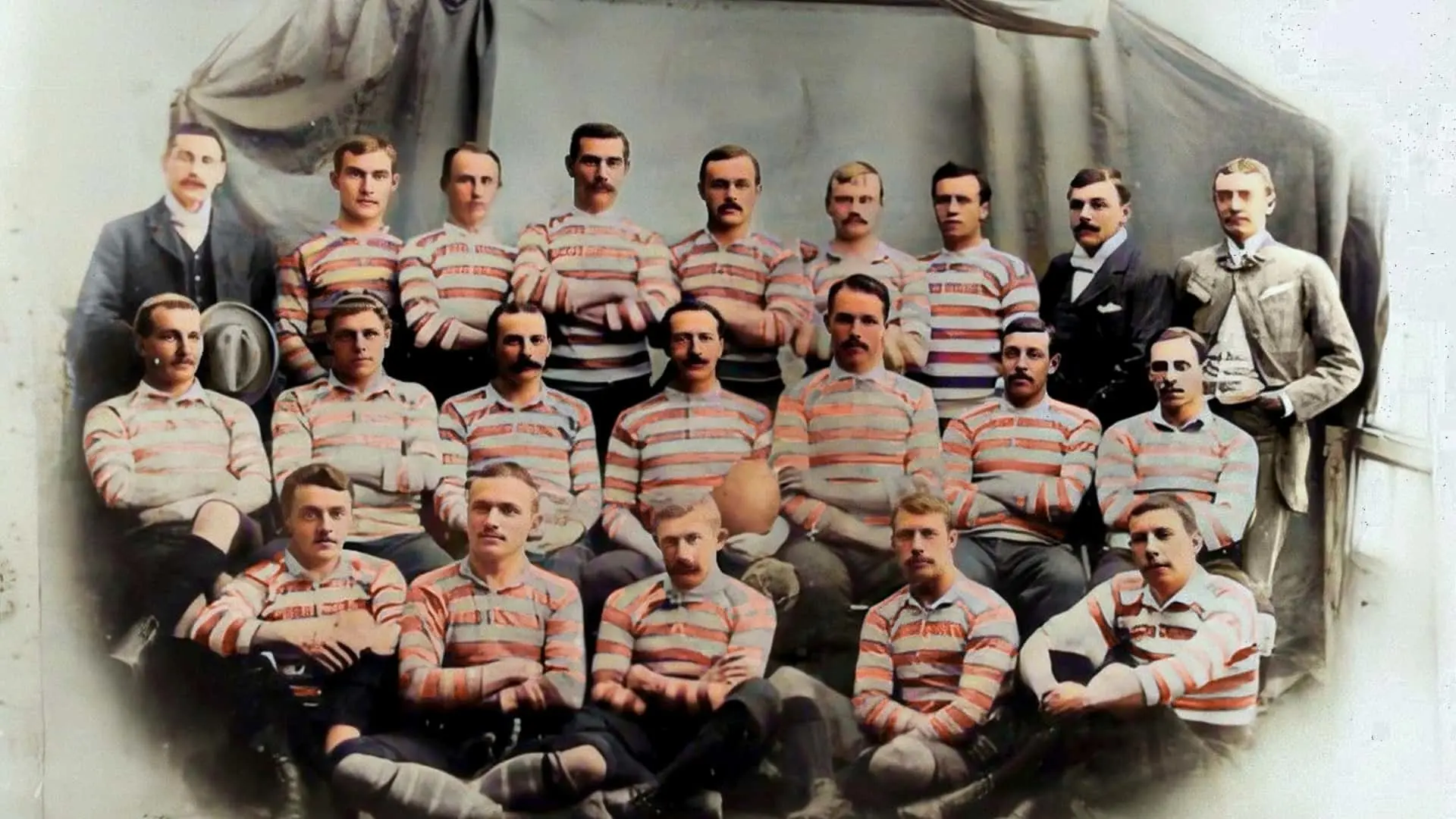
The first Test series
The British tourists who headed south across the equator in 1891 were the first to be officially sanctioned by the Rugby Football Union and the first ever international Test Series was a real success.
Shaw and Shrewsbury's 1888 Australian adventure had been unsanctioned by the rugby authorities and funded mainly by novelty Aussie Rules matches.
Three years later, though, the game's governors had fully embraced the concept of the overseas Tour.
The touring party was invited to South Africa by the Western Province union and with all costs underwritten by the Cape Colony prime minister, Cecil Rhodes.
The RFU's backing led to the 21-man party being billed as the English Rugby Football Team, although the fact it contained four Scots, including captain and wing Bill Maclagan, saw it given the British Isles tag retrospectively.
Just eight of the 21 tourists had been capped at international level prior to leaving British shores and slightly more than half were Oxford or Cambridge Blues.
Maclagan's men, managed by former RFU secretary Edwin Ash, played 20 matches including Tests for the first time.
South African rugby may not have been quite on par with that of the Home Unions yet; future British tourists would find they were quick to catch up.
Despite this, the visitors saw off all-comers, scoring 224 points to one.
Aston is too quick for the Boks
The star of the Tour was England centre Randolph Littleton Aston, who used his 6'3" height and 15-stone bulk - as well as an impressive turn of speed - to power his way over the try line 30 times in all.
The first ever Test match, in front of a reported 6,000-strong crowd, took place at the Port Elizabeth Cricket Ground and was won 4-0 with Aston scoring the first try credited to a British/Irish touring team.
The second Test was played at the Eclectic Cricket Ground in Kimberley with the only points were scored by English full-back William Mitchell with a goal from a mark, kicked from near the halfway line.
The tourist completed their whitewash in the third and final Test 4-0. On Tour they played 20, won 20 with just one point conceded and as a result of their efforts in the Republic - they were presented with commemorative gold medals after two matches in the diamond mining centre of Kimberley.
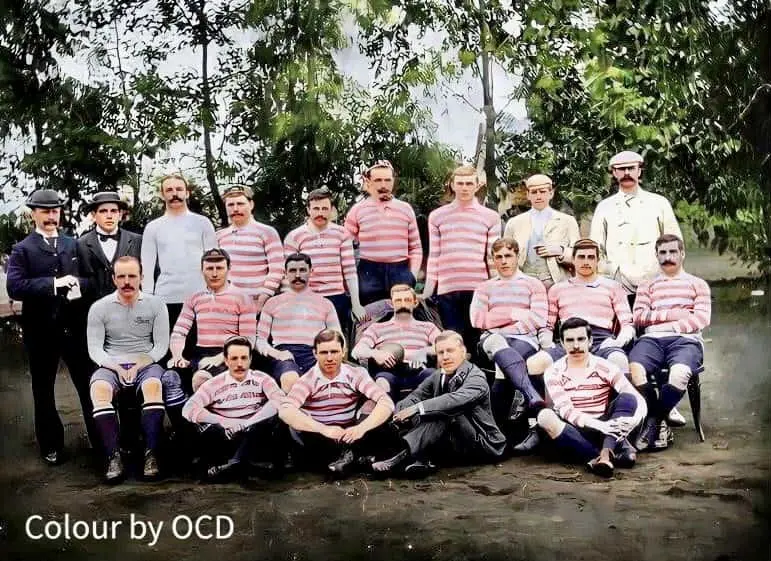
Playing in the right manner as success continues
After a perfect 20 wins from 20 games five years previously, the 1896 British & Irish Lions had plenty to live up to.
It was their second time touring South Africa, but the Lions faced a far stiffer test with the level of the Springboks and the provincial sides significantly higher.
But there was one man who took the Tour by storm - Tommy Crean.
Vice-captain to Johnny Hammond - Crean led a strong Irish contingent in the travelling party that won the Test series 3-1 and took over the armband when Hammond went down injured.
Louis Magee and England full-back Fred Byrne were the stars of the backline, but it was an outstanding forward eight inspired by Ireland’s Crean, who played in every game of the Tour, that laid the foundations for success.
Fun and sporting play
Overall, Roger Walker’s side were only slightly less successful than their predecessors, winning the four-test series 3-1 and going unbeaten through their 17-game provincial programme.
And despite suffering a first defeat, this particular Tour will always go down as a successful visit that was played in the right spirit throughout, as Lions' hooker Walter Carey stated 36 years later in History of South African Rugby Football.
He said: “There have been many Tours since ours, better football perhaps, but I do not think there’s ever been a Tour with more fun and more sporting play in it than our long-ago Tour of 1896.
“I hope and pray that South African teams will always play like gentlemen. Rugby is so easy to cheat at and that is so destructive of this wonderful game.
“If a man wants to do dirty tricks let him cheat at ninepins in his own backyard, but let him keep clear of rugby football.”
The Test Series
1986The first Test was played at the Crusader ground, and the Lions lined up against Ferdie Aston who was the brother of 1891 Lions star Randolph and skippered the Springboks.
The tourists dominated throughout but could only score two tries in an 8-0 win, with Carey and Larry Bulger crossing the whitewash.
Carey – one of the two men nominated by Oxford University for the Tour – loved the country so much he returned in 1913 before he was made Bishop of Bloemfontein in 1921.
His rugby legacy is not limited to the Lions, as Carey was the man to coin the Barbarians motto; “Rugby Football is a game for gentlemen in all classes, but for no bad sportsman in any class.”
The second Test was again won by the Lions, but is perhaps more notable for the two late tries scored by South Africa’s Theo Samuels, their first points ever in Test rugby.
The scoreline at the Wanderers was 17-8, with Hancock scoring a brilliant try in the second half, while the series was sealed at the Athletic Grounds in Kimberley – although it was not all plain sailing there for the Lions.
The hosts led them for the first time ever, but the Lions came back from 3-0 down to win 8-3 thanks to Bert Mackie’s try with James Frederick Byrne adding a conversion and drop goal to take him past 100 points for the Tour.
A first ever defeat
But the gap was clearly closing between the sides – in 1891 the Lions had only conceded a point in one game – and South Africa claimed their first success over the tourists in the final game.
It was clear the lessons dealt by the Lions both on this Tour and in 1891 had been fully absorbed by their hosts as they won 5-0, and the Lions did not win another Test series on South African soil until 1974.
Byrne, an English full-back, scored over a century of points on the Tour and also played in every game, seamlessly making the switch to the centres during the Test series but ironically it was he who lost possession to spark the attack from which Alf Larard scored the game's only try.
The defeat is partly offset by the Lions' highest score and biggest winning margin in 75 Lions games to that point - a 32-0 warm-up victory over Western Province earlier in the Tour.
The Lions had drawn previously against the same opposition in spite of guidelines from vice-captain Crean on the consumption of alcohol (with ‘no more than four glasses of champagne’ allowed for lunch on match days).
Crean’s champagne rule faced a real test with the Lions being invited to lunch with the Prime Minister, Sir Gordon Sprigg, as Carey recalled in Behind the Lions: “I am bound to say the match we drew was after a lunch.
“Despite Tommy Crean’s order, the only wonder is that we were not licked by 50 points, but we had our revenge on this team in the return match.”
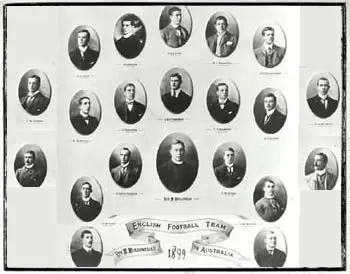
A first Test battle with Australia
Having provided South Africa's first Test opposition in 1891, the British Isles touring team did the same for Australia in 1899 beating them 3-1 in their first international series.
The 21-man squad included seven internationals – two English, two Irish, two Scottish and one Welsh – but captain and London clergyman Rev Matthew Mullineux was not one of them.
Military Cross but no England cap
The Blackheath player – one of only two British & Irish Lions skippers never to be capped by their country – both arranged and managed the Tour.
He would also go on to win a Military Cross during the First World War when the field hospital he was at in France came under attack from the Germans.
The chief medical officer of the post was incapacitated by his injuries so Mullineux took command, treating the injured and evacuating the worst cases, during a 12 hour shell and gas attack.
In 1899 though, Mullineux, a veteran of the 1896 Tour to South Africa, was required to make a very different brave and selfless decision – to drop himself after the first Test defeat at the Sydney Cricket Ground.
Australia, who were bolstered by two New Zealand players, snatched the first Test away from the visitors, who had just three games under their belt. Two converted tries in the last ten minutes saw Australia win 13-3.
For the remaining three Tests, Charles Adamson was brought in at outside half and England forward Frank Stout took over the captaincy.
Mullineux's decision to step down in favour of Adamson proved crucial, as the Durham player scored two tries and kicked four conversions and a penalty in the last three Tests.
In total Adamson, of Durham, scored 135 of the 333 points scored by the Lions during the Tour.
Lions' comeback
Powered by a rejuvenated forward pack, the tourists squared the series with an 11-0 win in the second Test at the Exhibition Ground in Brisbane witnessed by a record Queensland crowd of 15,000.
Back at the SCG for the third Test, Scottish wing Alf Bucher scored two tries in an 11-10 win.
The hosts, who brought in five Kiwis in a desperate bid to square the series, were outplayed in muddy and windswept conditions in the final Test.
The tourists completed their 3-1 series victory with a 13-0 win, with Nicholls proving just as dangerous in the wet as in the dry.
New ground broken
The 1899 Tour was the first to be made exclusively to Australia and there was no need for extra Australian Rules games.
The tourists also broke new ground themselves by including, for the first time, international players from all four Home Unions.
It would be another 90 years before the Lions returned to Tour Australia alone with all intervening Tours using the Wallabies as a warm-up to longer visits to New Zealand.
